O Ta Soc revolutionary historical site
A typical example is Giong Thanh Pagoda (also known as Long Hung Tu, located in Long Son Ward, Tan Chau Town), which was started by monk Tran Minh Ly in 1875. This is a place where patriots gathered to fight against French colonialism. In particular, Giong Thanh Pagoda also left the mark of Mr. Pho Bang Nguyen Sinh Sac. From 1925 to 1929, on the path of national salvation activities, he stayed here, spreading patriotism to the people of Long Son and neighboring areas. During the period of fighting against the US to save the country, Giong Thanh Pagoda was the base of Chau Doc Provincial Party Committee, Tan Chau District Party Committee; and was the liaison point of the Central Bureau, Zone 8. The pagoda was recognized as a national historical relic by the Ministry of Culture and Information according to Decision 235/VH-QD, dated December 12, 1986.
On February 3, 1930, the Communist Party of Vietnam was born. In April 1930, the first Party cell in An Giang was established in Long Dien commune. To celebrate that historic event, the first Party flag was hung on top of the Steel Pole (now Long Dien A commune, Cho Moi district). The red hammer and sickle flag fluttered and continued to be hung in many places, making the enemy afraid and the people excited. Since then, the Steel Pole has become a historical revolutionary site, representing the revolutionary struggle movement from the early days of the Party's founding, as well as later struggles. The Steel Pole historical revolutionary site was ranked by the Ministry of Culture and Information according to Decision 34/VH-QD, dated January 9, 1990.
There is also a memorial house of President Ton Duc Thang's childhood in Ong Ho Islet (My Hoa Hung Commune, Long Xuyen City), where he was born and grew up, where his personality was formed, his patriotism and revolutionary fighting spirit were nurtured. President Ton Duc Thang's revolutionary life is a shining example of loyalty and devotion; of heroic and indomitable spirit; of modesty and simplicity. He devoted his life to the glorious revolutionary cause of the Party, of the Vietnamese people, and to the international communist and workers' movement.
President Ton Duc Thang was honored to be the first person to be awarded the Gold Star Order by the National Assembly and President Ho Chi Minh - the most noble order of our country. Currently, the memorial site and the childhood memorial house of President Ton Duc Thang have become familiar places not only for all the people of An Giang, but also for domestic and foreign tourists. In 2012, the President Ton Duc Thang Memorial Site was recognized by the Prime Minister as a special national historical relic.
Or the heroic O Ta Soc base (Luong Phi commune, Tri Ton), with the advantage of rugged terrain located at a high point running along the Dai mountainside, with many caves, rugged rocky slopes... Thanks to that, this place has an extremely important strategic position, being the stopping place and combat contract of the main Central regiments from the East supporting the Western provinces. In 1962 - 1967, the An Giang Provincial Party Committee chose this place as a base with its affiliated agencies.
During the war, the enemy organized many large and small sweeps, using all modern means of war on the O Ta Soc base, but all were completely unsuccessful. From this base, the An Giang Provincial Party Committee commanded the revolutionary movement, fought the enemy on the province's fronts, expanded the liberated areas, resistance bases... On December 28, 2001, the O Ta Soc Revolutionary Base was recognized as a National Historical Revolutionary Relic.
A corner of Tuc Dup hill
There is also Tuc Dup Hill (An Tuc Commune, Tri Ton District) which marks fierce battles in the history of the resistance war against American imperialism by the army and people of An Giang Province. Although Tuc Dup Hill is small, it has many deep caves and large caves, connected to each other by many intricate alleys, creating a very dangerous terrain, ensuring that revolutionary organizations and armed forces can build bases. This is also an area located on the liaison, logistics, and troop transfer route from the Central Office of the South, through the Central South to the Southwest.
In 1965, the An Giang Provincial Party Committee office was located at Tuc Dup Hill. A typical example was the fierce battle that lasted for 128 days and nights (November 16, 1968 - March 23, 1969). Taking advantage of the terrain, with a resilient fighting spirit, our revolutionary soldiers won a glorious victory. At the end of the fierce battle, we killed 4,700 enemies, captured some others, destroyed 11 tanks, 9 105mm cannons, shot down 2 bombers, and collected over 800 guns of various types... The revolutionary historical site of Tuc Dup Hill was ranked according to Decision 666/VH-QD, dated April 1, 1985.
All these “red addresses” have become symbols of the indomitable will and extraordinary courage of the people and army of An Giang. The preserved relics not only show gratitude and the morality of “remembering the source of water when drinking” to the previous generation, but also educate the revolutionary tradition for the younger generation, contributing to enhancing the patriotism of each An Giang citizen.
TRUST
Source: https://baoangiang.com.vn/ve-tham-nhung-dia-chi-do-tieu-bieu-a419929.html


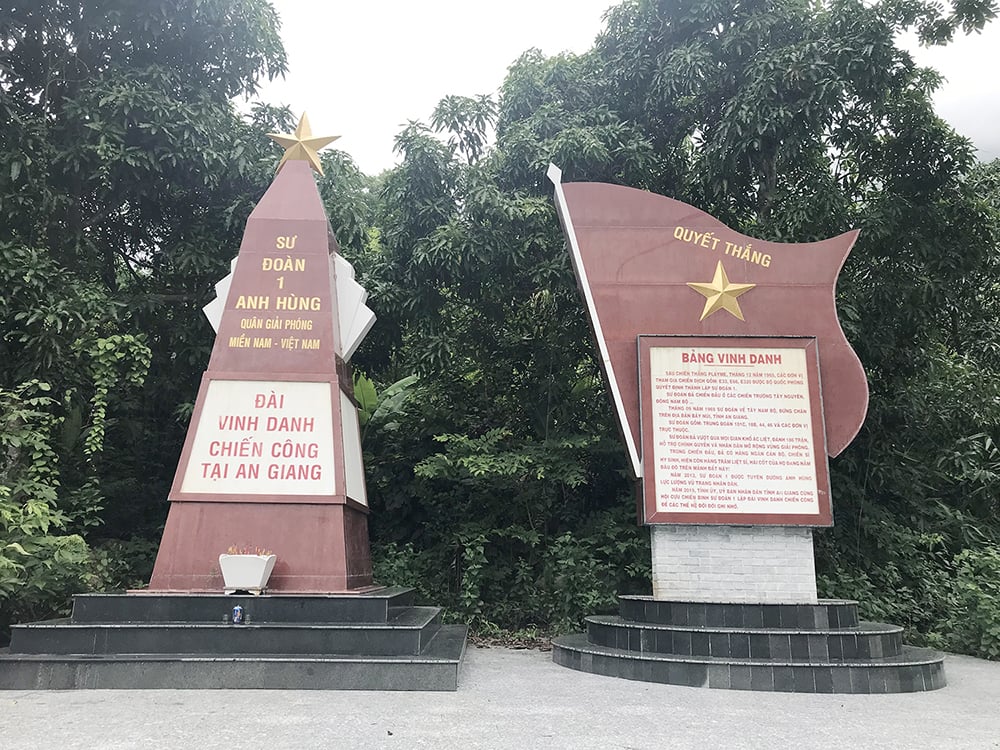
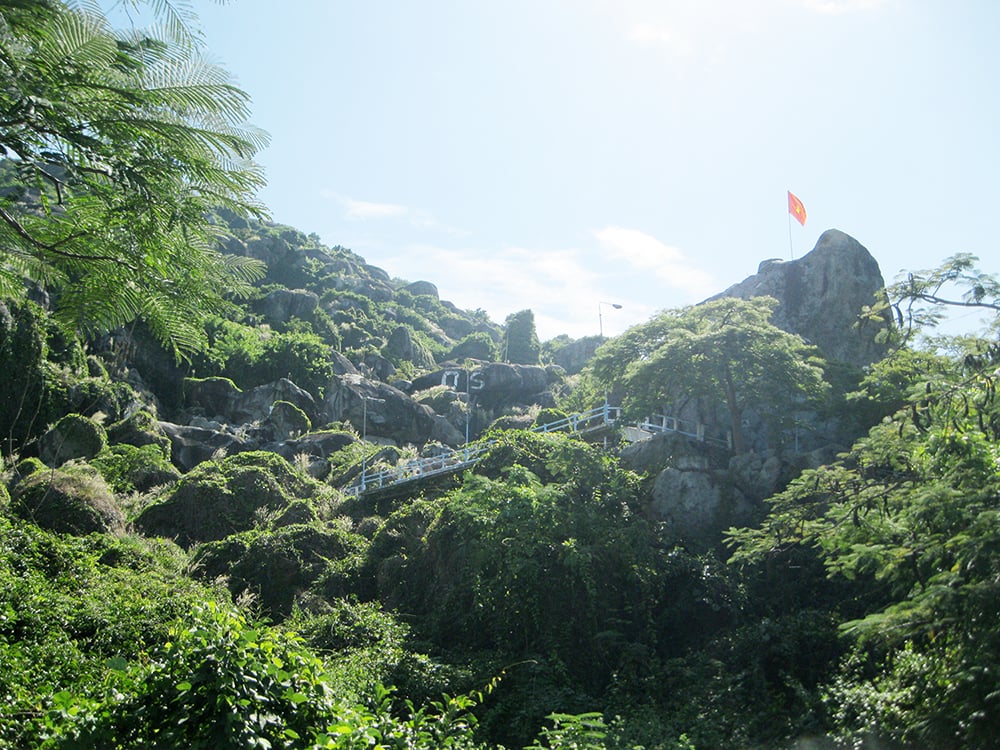
![[Photo] General Secretary To Lam chairs a working session with the Central Internal Affairs Commission](https://vphoto.vietnam.vn/thumb/1200x675/vietnam/resource/IMAGE/2025/5/22/3b7790f499da45b2803d8ae253207ef1)


![[Photo] Prime Minister Pham Minh Chinh chairs the Government's special meeting on law-making in May](https://vphoto.vietnam.vn/thumb/1200x675/vietnam/resource/IMAGE/2025/5/22/1c880aae96fd4e0894abc47a46fe19ba)








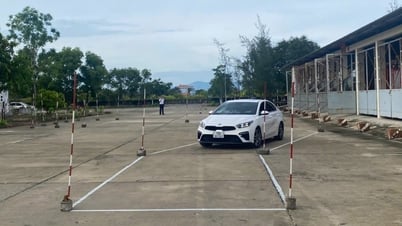



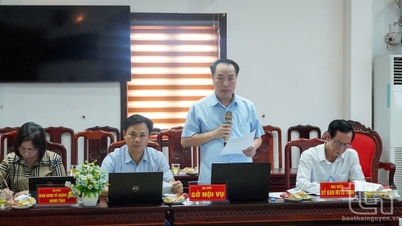







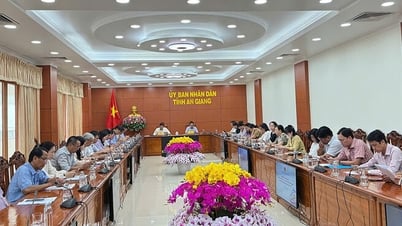


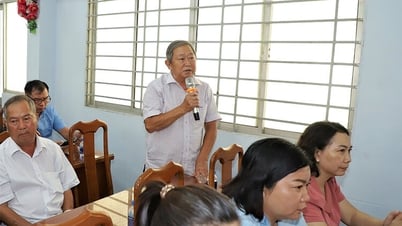








































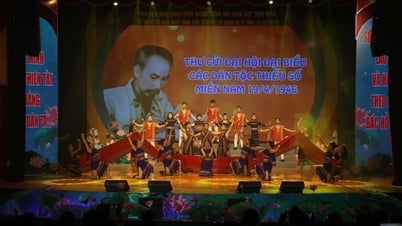










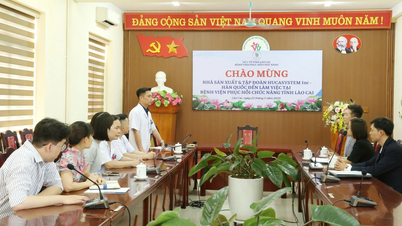



![[Podcast] Week introducing more than 500 OCOP products in Hanoi](https://vphoto.vietnam.vn/thumb/402x226/vietnam/resource/IMAGE/2025/5/22/d144aac2416744718388dbae3260e7fd)






Comment (0)